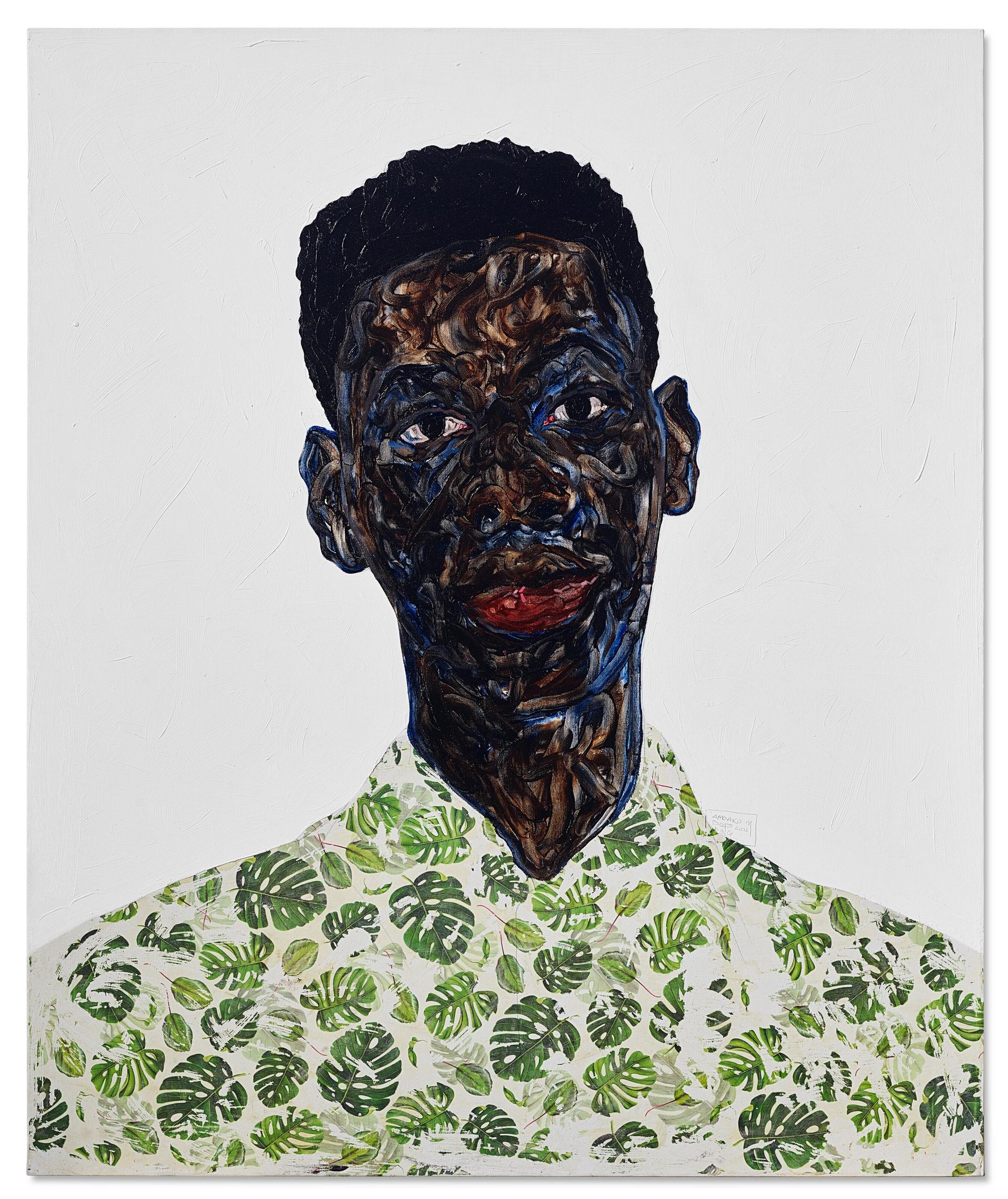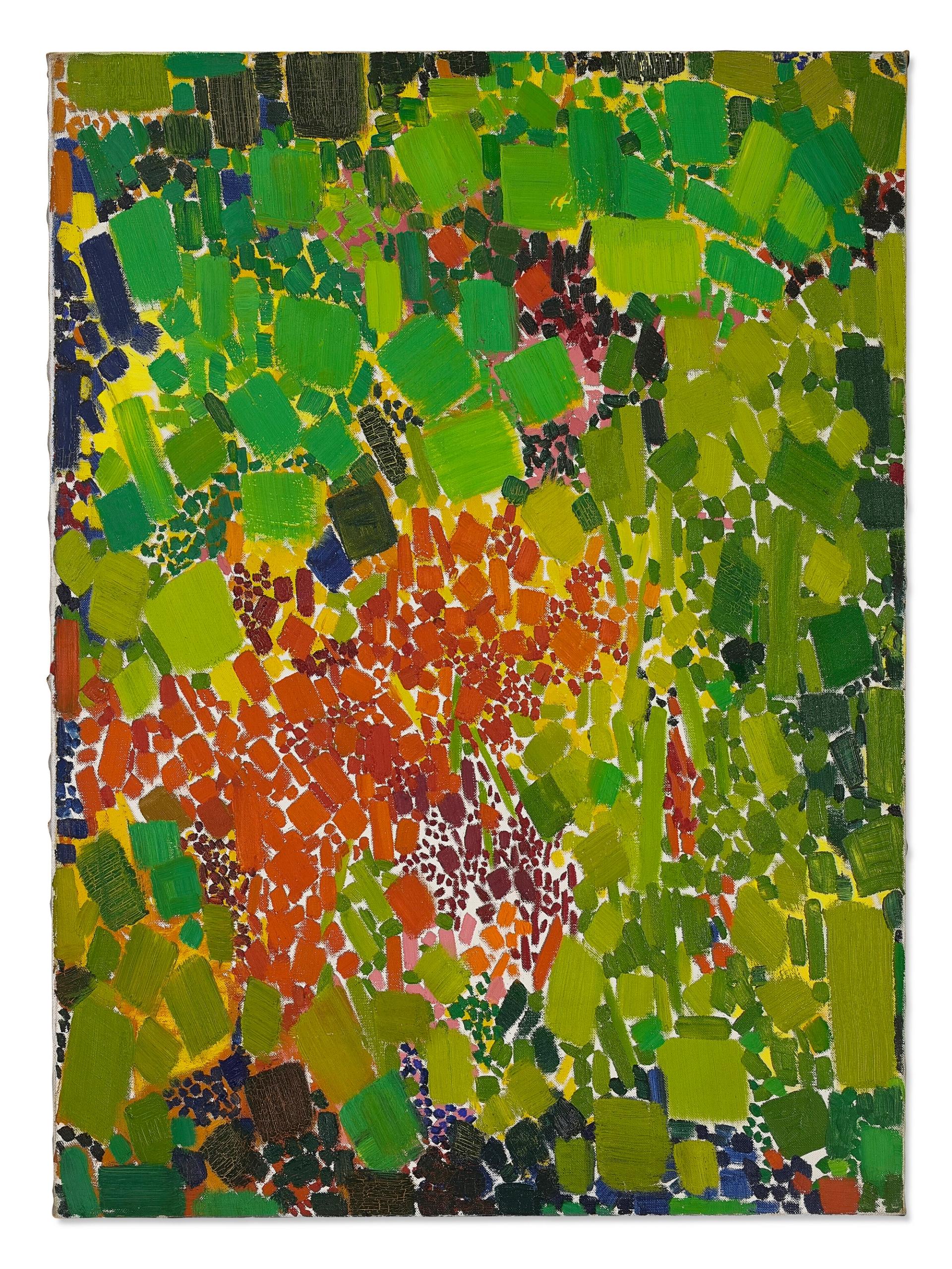Christie’s will stage an exhibition of highlights from upcoming New York sales for the first time in Austin, Texas, one of the fastest-growing cities in the United States in a move to attract new millennial clients to the 257-year-old auction house.
Post-war, contemporary and Latin American art auction highlights will be on view in a pop-up at The Loren Hotel in downtown Austin for the three-day event, from 12 September until 14 September.
Christie’s has curated a diverse range of work to appeal to potential buyers in different stages of their collecting journey, according to Julian Ehrlich, the head of Christie's post-war to present sale. Christie’s had previously done outreach in Dallas and Houston, Texas’ two most-established art markets, Ehrlich says, but the pop-up in Austin will be the first programming in the city by the auction house.

King (2021) by Amoako Boafo Courtesy Christie's
Among the works on display will be an untitled 2021 canvas by Rick Lowe, the Houston-based artist whose Project Row Houses revitalised dozens of homes in Houston’s Third Ward into spaces for artists and exhibitions. (In 2021, Lowe joined the roster of mega-gallery Gagosian.) The painting will be Lowe’s first to ever appear at auction, and will be part of Christie’s New York post-war to present sale this autumn. Works by Lynne Drexler, Amoako Boafo and Katherine Bradford will also be on view at the Austin pop-up, along with a Keith Haring print and sculpture by Fernando Botero.
The Austin outreach event is part of a larger strategy to engage with younger buyers, according to Bonnie Brennan, Christie's president for the Americas. In the first half of 2023, about 30% of Christie’s customers were new clients, and about 39% of those were millennials or younger, she said.
“We've seen so much focus on Austin, and we really think that there's a huge opportunity there to make connections,” Brennan says. “We thought this would be a great experiment, to take some core market material there and demystify us in a way to people who maybe haven't engaged with us before.”

Green Around (1962) by Lynne Drexler Courtesy Christie's
Austin and the surrounding Central Texas area have been among the fastest-growing parts of the country for years, but the Covid-19 pandemic ushered in a new wave of transplants to the region as more Americans began to work remotely. The city saw the largest net gain of remote workers of any major US city between 2020 and 2021, with 28,000 new residents working from home, according to a New York Times analysis of US Census data.
“There was such an explosion during the pandemic of people relocating to Texas, and a younger demographic in Austin specifically. We really began to talk seriously about developing programming to serve that community,” Brennan says.
Ehrlich adds, “There are more collectors there because so many people have moved there, but there’s already a rich culture there, a cultural context.”
Austin has long been associated with creativity and counterculture, with a flourishing live music scene and events like the South by Southwest festival. The city’s technology sector has seen explosive growth in recent years—thanks in part to state tax incentives that have lured California companies to Texas—including offices of the world’s largest tech firms like Apple, Meta, Google, Microsoft and Amazon. The influx of transplants has contributed to soaring rental prices and living costs, which has pushed many musicians and artists to relocate to smaller towns just outside of the city.


